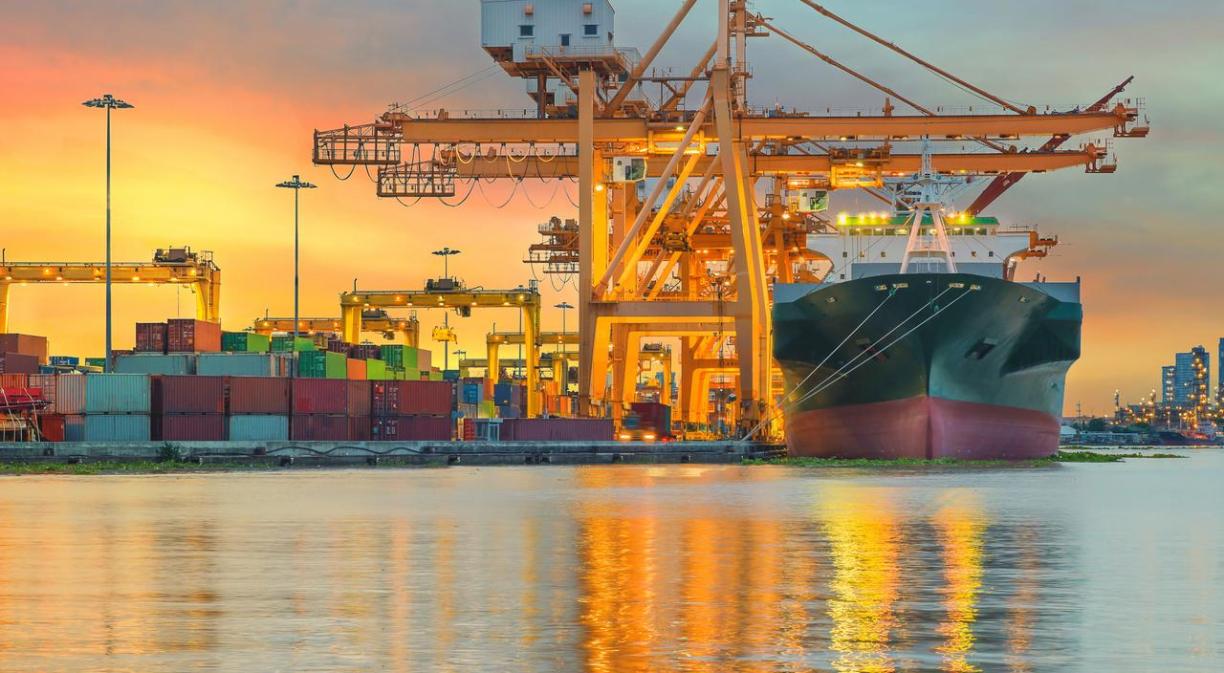Ports create wealth and employment, and they require connectivity and digitalisation to improve the varied flow of activities that take place in them.
The development of 5G technology has facilitated the digitalisation of Spanish ports. As a result, the managers of the state port system have been optimising the processes at these strategic points, which have been a hive of activity for years. According to Ports of the State (Puertos del Estado), these infrastructures generate more than 35,000 direct jobs, some 110,000 indirect jobs, and contribute nearly 20% of the transport sector’s GDP, which represents 1.1% of Spain’s GDP.
Why digitise Spanish ports?
These infrastructures are points for the reception and distribution of types of goods. Everything from products in bulk, liquids, fishing, fuels, to fleet control and logistics processes. In 2021 alone, the Spanish port system moved 544,536,918 million tonnes of goods. And the digitisation of Spanish ports and the implementation of the 5G network have been fundamental in managing all of this.
By taking advantage of the technology’s high capacity to transfer large amounts of data, this technology facilitates total connectivity: higher upload and download bandwidth and a lower latency that reduces the response time to 5 milliseconds, thus operating in real time.
In addition, the fast connectivity of the next-generation mobile network and its optimised speed makes it possible to exchange data at up to 10Gb per second, i.e. 10 times faster than the fastest fibre optics available today.
The result is the streamlining of countless loading and unloading tasks, the monitoring of ship arrivals and departures, and the logistical organisation of goods of all kinds, including managing the use of electricity supplies and of the facilities themselves in a more efficient way as well as water quality maintenance.
The benefits of the next generation mobile network: Ports 4.0
5G has become a key tool for improving connectivity for both port infrastructure and for the fleets, and it also improves the relationship between customers and suppliers by making data handling easier for large volumes of cargo and containers, for example.
The digitalisation of Spanish ports favours the automation of the most common processes, such as the supply chain and storage, increasing these activities’ efficiency, and leads us to the evolution of ports 4.0, with the arrival of the Internet of Things (IoT).
The IoT needs a network that has a high capacity for massive data exchange; it can connect thousands of devices. As a consequence, tasks in ports can be performed by robot machines, such as loading cranes, autonomous vehicles or sorting robots. In addition to the remote management of devices, the digitisation of Spanish ports has made it possible to deploy this wireless connectivity that allows for the remote monitoring of devices. This in turn allows for increased safety in the operation of robots and vehicles, and helps to improve machine maintenance as operators can access information on the status of each machine.
Safety, efficiency and ecology. This is how the digitisation of the Spanish ports works
Greener and more sustainable, 5G technology consumes less energy. So says a study by Telefónica, which shows that the latest generation mobile network is up to 90% more efficient in energy consumption per unit of traffic than the 4G network. Likewise, it allows for the use of sensors that run on batteries which last at least 10 years, thereby upholding its green technology status.
The digitisation of Spanish ports and the use of 5G networks have accelerated the arrival of the IoT: Cranes, vehicles and people are connected, merging different advanced communication and location technologies in order to minimise the potential risk of collisions between mobile machinery and fixed elements, vehicles and people at the terminals.
-Barcelona and 5G: A safer space for workers
Telefónica and Mobile World Capital Barcelona have joined forces to connect the port of Barcelona and make APM Terminals Barcelona a safe space. By merging 5G and Edge Computing, they have created a system that allows for the coordination of port traffic so as to prevent accidents. In this manner, with the use of advanced algorithms that provide the precise real-time position of both connected vehicles and cranes as well as personnel on foot, accidents can be avoided.
-Bilbao: Deep Learning to reduce waiting times
The port of Bilbao has implemented an automated access control system, based on vehicle signals recognition upon entering the facilities.
Thanks to this system, which uses artificial vision technology based on Deep Learning algorithms, time is saved (up to 8,096 hours per year) during the identification of vehicles and goods at port entry points, by means of access and traceability processes. This reduction in waiting times results in a significant reduction in CO2 emissions.
-Malaga: more guarded thanks to artificial intelligence
Drones, connected vehicles and video image viewing with artificial intelligence, AI, to improve surveillance work in the Malaga port area.
The low latency of the 5G network allows for accessing Edge Computing resources for the monitoring of the images collected by the port’s security cameras, the wireless connection of Port Police equipment and the drones used during surveillance rounds.
-Valencia: more connected and greener
On its part, the port of the Marina de Valencia has digitalised its electricity and water supplies for leisure boats. By applying the IDoT (Identity of Things) technology developed by Telefónica Tech, it can improve its mooring services offer. The yacht club’s objective: to control consumption digitally. Thus, the digitalisation of this port allows for the installation of intelligent supply towers, thanks to which users can manage the consumption of their vessels through an app.










